In a world where cloud computing forms the backbone of modern IT, many tech teams now find themselves at a crucial crossroads regarding the future of their cloud strategies.
The move to the cloud was a digital gold rush that revolutionized how businesses operate, offering benefits such as enhanced scalability, cost efficiency, and the ability to rapidly deploy cloud applications, workloads, and data. Today, the dust has settled. Cloud computing has become the new normal and an integral part of modern IT infrastructure. Some organizations have begun to reassess their cloud strategies and, in some cases, are opting to repatriate certain resources and workloads back on-premises. This trend has further increased the complexity of hybrid—and frequently multi-cloud—IT environments.
Without the right solutions in place, IT teams may face reduced visibility, making effective cloud management more challenging. This, in turn, can lead to difficulties in meeting uptime requirements. It also leaves less time for innovation. As teams navigate their IT environments in the age of cloud repatriation, it’s valuable to look back at the journey that brought us here, and at steps the industry can take to ensure they are well-positioned for IT success on-prem, in the cloud, and beyond.
Microsoft MVP and database expert at SolarWinds
Cloud adoption spurs innovation, but not without new challenges
Companies that originally opted to invest in the cloud embarked on a journey into uncharted territory. This expansion was often driven by the need for flexibility, with cloud platforms enabling businesses to quickly scale resources to match fluctuating demands. One of the most exciting aspects of the cloud is that it enables companies to innovate rapidly. From advanced cloud analytics to automation, the cloud has allowed companies to adopt the latest advancements like AI and machine learning, helping them stay ahead in a rapidly changing market.
While cloud expansion has offered numerous benefits, it has also introduced new challenges that may cause companies to reconsider their approach. Expenses can quickly spiral out of control if not carefully monitored and optimized, prompting companies to reevaluate whether the advantages of cloud expansion truly outweigh the costs. Additionally, integration and interoperability have become significant concerns as organizations expand their cloud footprint. Ensuring that new cloud resources integrate seamlessly with existing systems has, in some instances, proven to be more complex than anticipated. Lastly, security concerns may arise– many organizations believe public cloud is not secure for their data. These factors may lead some companies to explore the possibility of repatriating certain workloads back to on-premises environments.
Cloud repatriation offers organizations a way to regain control and address emerging issues
The story of cloud repatriation is often one of regaining operational control. A recent report found that 25% of organizations surveyed are already moving some cloud workloads back on-premises. Repatriation offers an opportunity to address these issues like rising costs, data privacy concerns, and security issues. Depending on their circumstances, managing IT resources internally can allow some organizations to customize their infrastructure to meet these specific needs while providing direct oversight over performance and security.
With rising regulations surrounding data privacy and protection, enhanced control over on-prem data storage and management provides significant advantages by simplifying compliance efforts. On the performance side, on-prem systems can sometimes offer lower latency compared to cloud services, particularly if data centers are closer to the organization’s user base. For applications requiring high-speed processing or real-time data access, repatriating critical workloads can enhance performance and limit latency.
However, cloud repatriation can often create challenges of its own. The costs associated with moving services back on-prem can be significant: new hardware, increased maintenance, and energy expenses should all be factored in. Yet, for some, the financial trade-off for repatriation is worth it, especially if cloud expenses become unsustainable or if significant savings can be achieved by managing resources partially on-prem. Cloud repatriation is a calculated risk that, if done for the right reasons and executed successfully, can lead to efficiency and peace of mind for many companies.
Hybrid IT blends the best of cloud and on-premises environments, yet introduces its own complexities
The result of partial repatriation is the continued rise of hybrid IT environments, where companies blend cloud and on-premises solutions to optimize performance, cost, and security. With 72% of organizations now utilizing a hybrid cloud architecture, many businesses recognize the value of balancing workloads and the flexibility it brings.
While this approach offers several advantages, it also introduces complexity in managing and optimizing resources across different platforms. The SolarWinds IT Trends Report highlights that the acceleration of hybrid IT has led to increased network complexity, which has diminished IT professionals’ confidence in managing these environments. To effectively navigate these challenges, a robust observability program is essential. Hybrid cloud observability tools empower organizations to track performance, boost productivity, ensure system health, and swiftly resolve issues, leading to reduced downtime, fewer outages, and enhanced service availability for both employees and customers. By enhancing transparency and intelligence, observability tools ultimately strengthen the resilience of the entire IT infrastructure–no matter what path a company takes regarding the cloud.
When deciding which workloads to move back on-prem versus which to keep in the cloud, companies should carefully consider their specific needs, such as cost constraints, performance requirements, and compliance obligations. Advanced hybrid observability solutions can also assist here. Hybrid observability provides critical insights into performance across all environments, helping companies decide which workloads are best suited to remain in the cloud and which should be repatriated to on-premises systems. This ensures optimal efficiency and alignment with strategic objectives.
As businesses continue to balance the benefits of cloud, on-premises, and hybrid IT environments, the decision to repatriate or expand in the cloud is more than a technical consideration–it is a strategic move that sets the course for future IT architecture and operational efficiency. By leveraging hybrid observability solutions, companies can make informed decisions that align with their strategic goals, ensuring they remain agile and competitive in an increasingly complex digital landscape.
We’ve listed the best cloud cost management service.
This article was produced as part of TechRadarPro’s Expert Insights channel where we feature the best and brightest minds in the technology industry today. The views expressed here are those of the author and are not necessarily those of TechRadarPro or Future plc. If you are interested in contributing find out more here: https://www.techradar.com/news/submit-your-story-to-techradar-pro

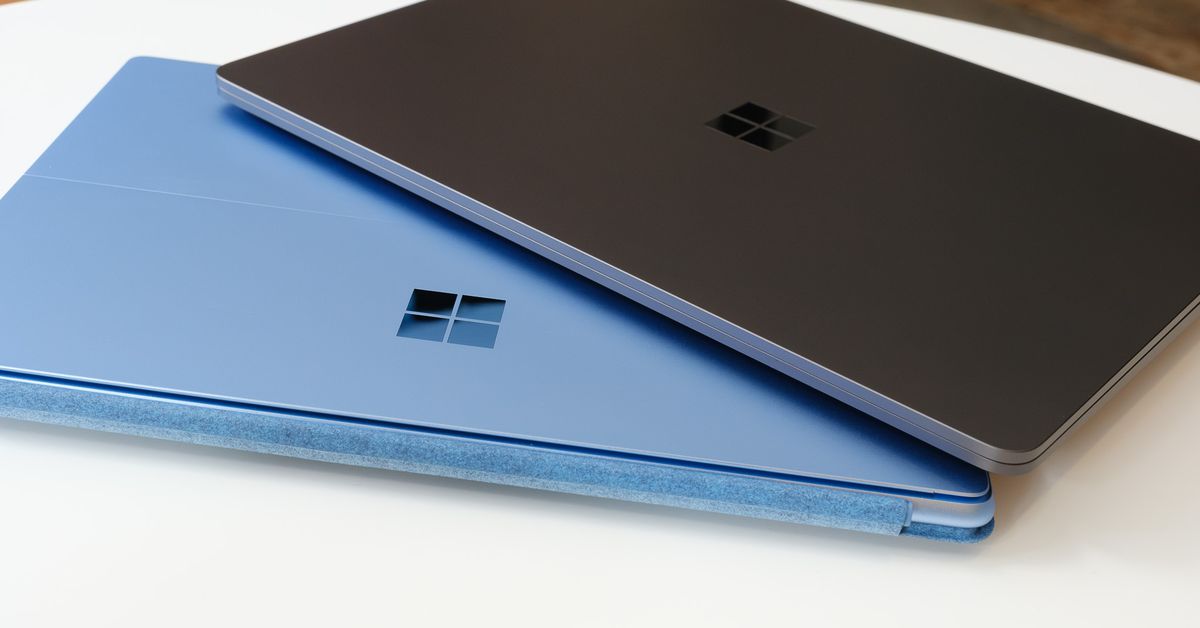
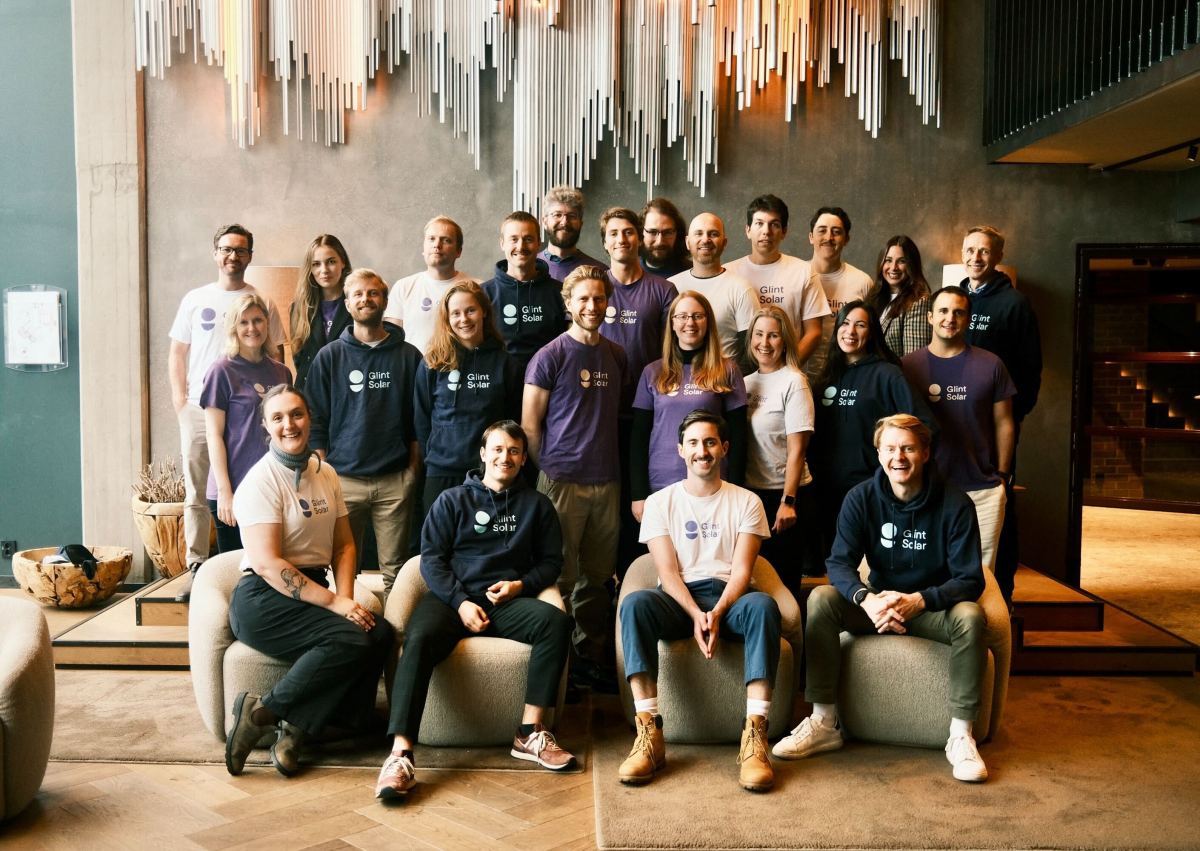

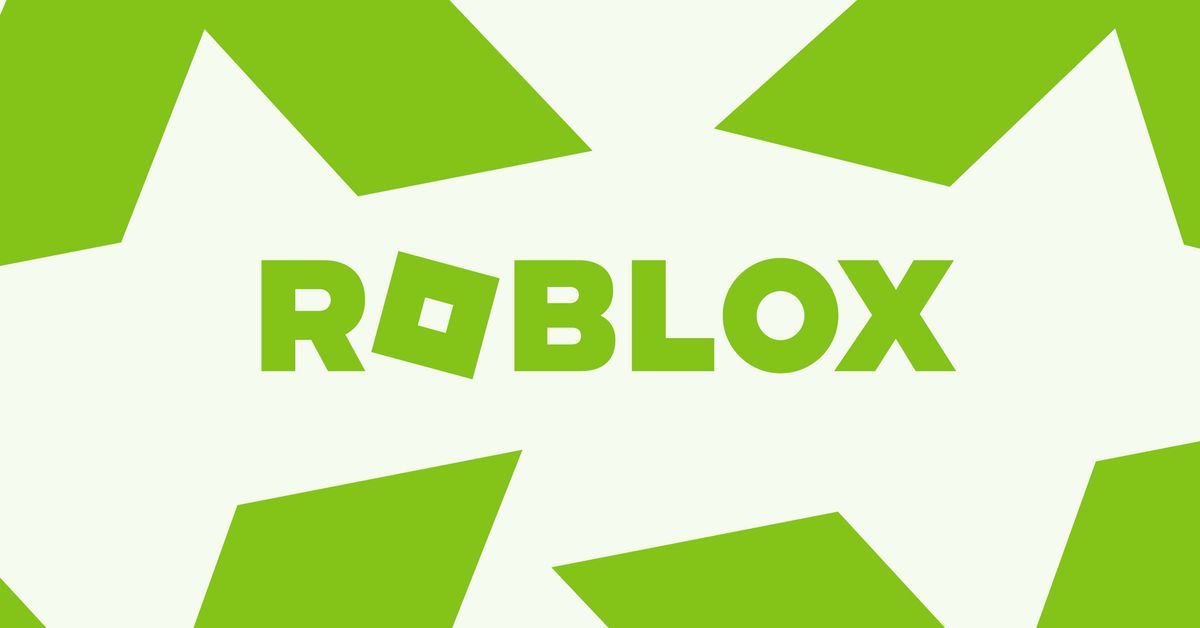


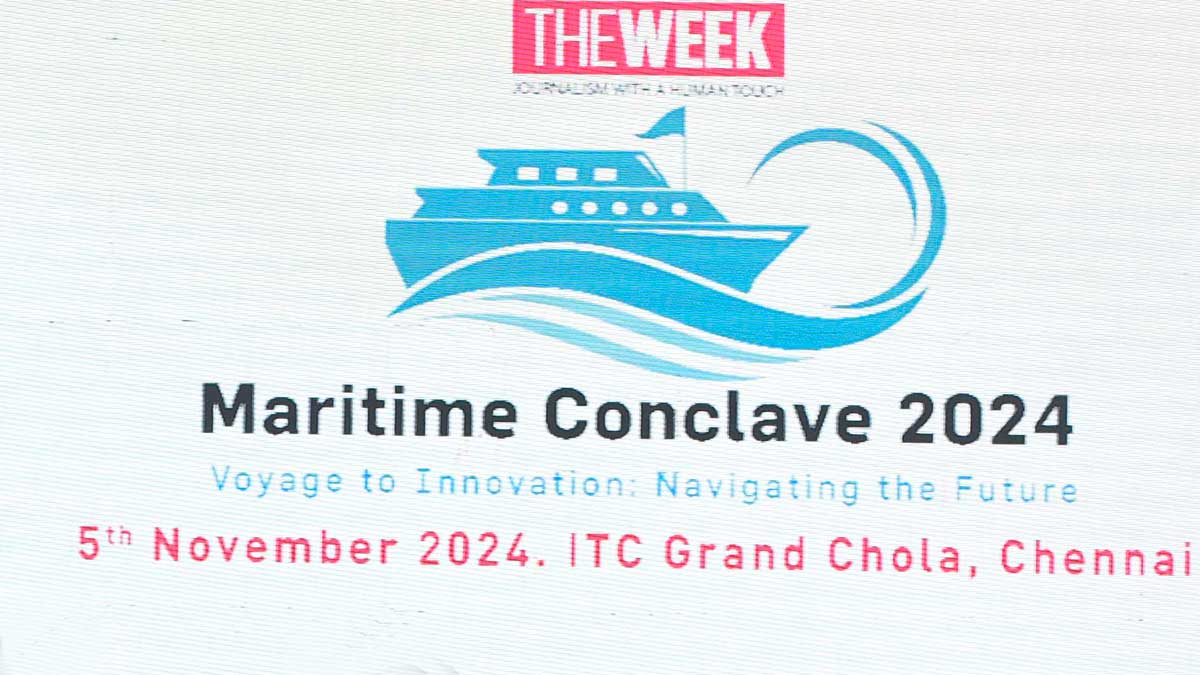
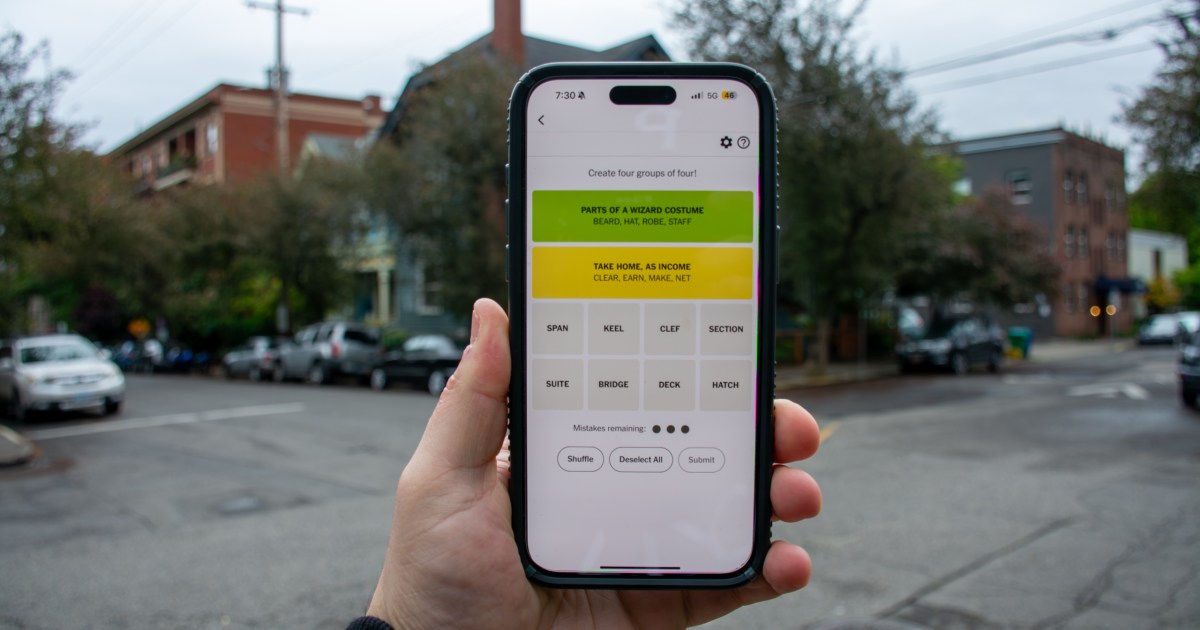

































































































































































You must be logged in to post a comment Login